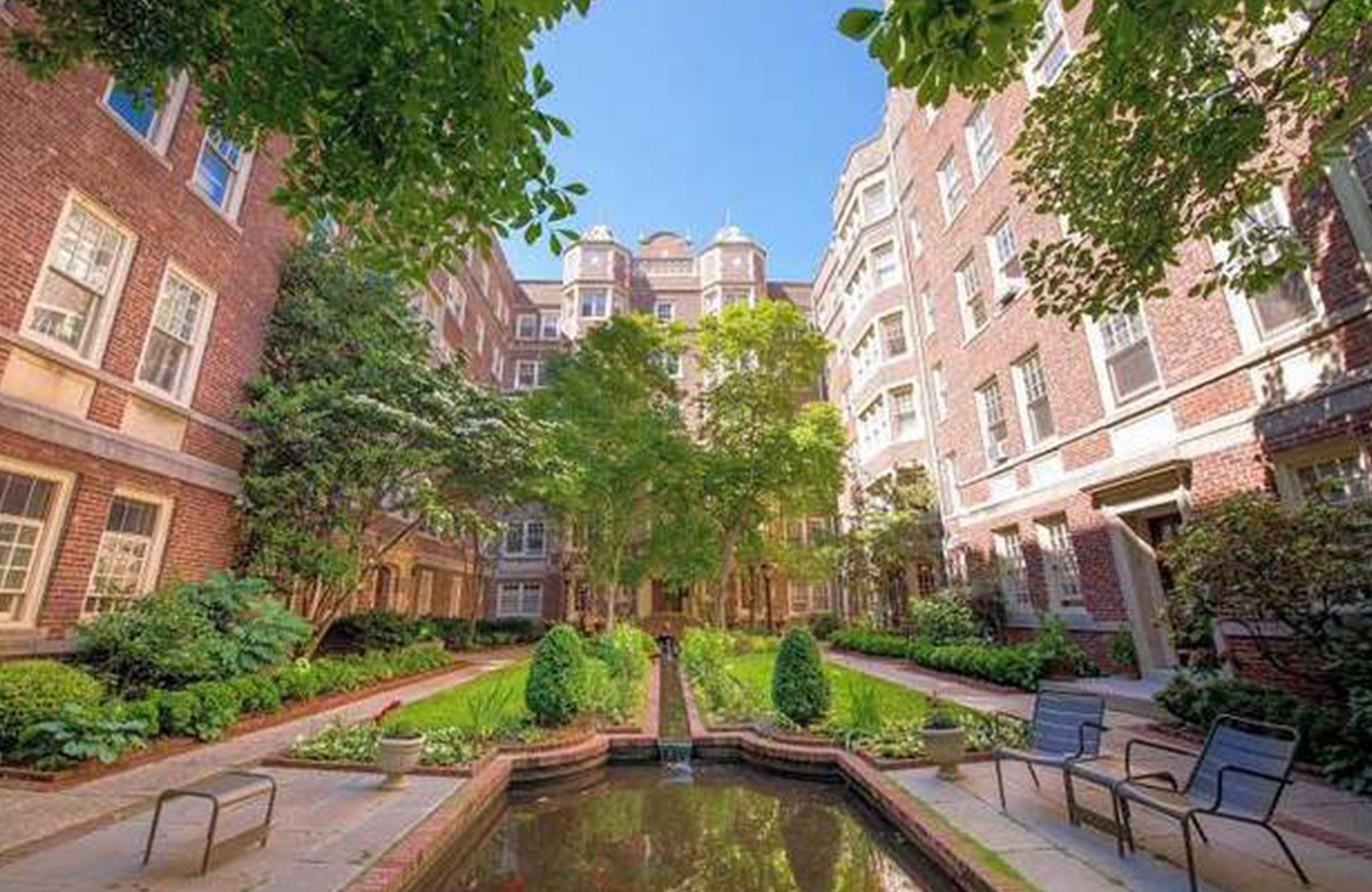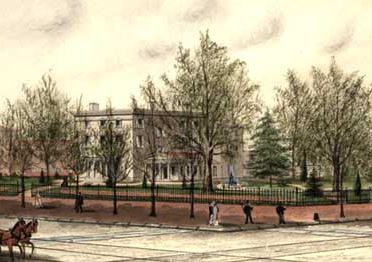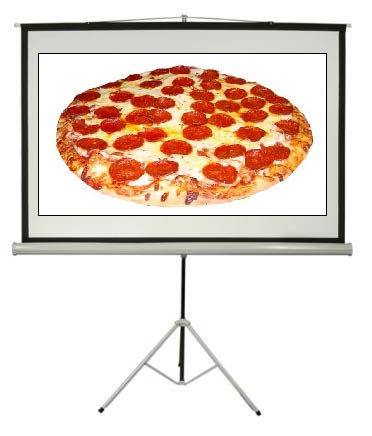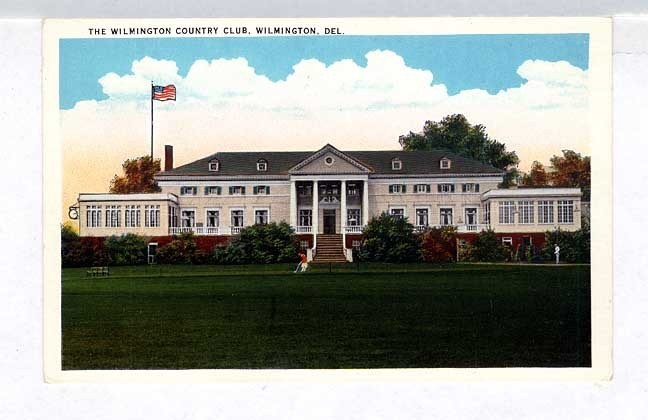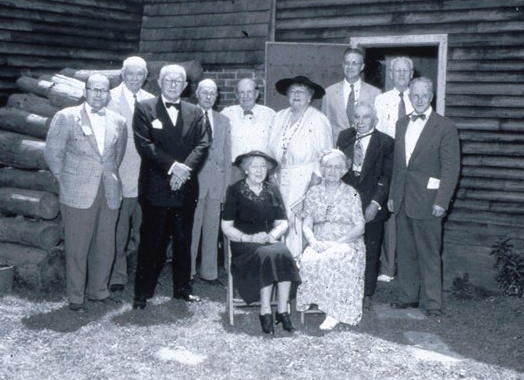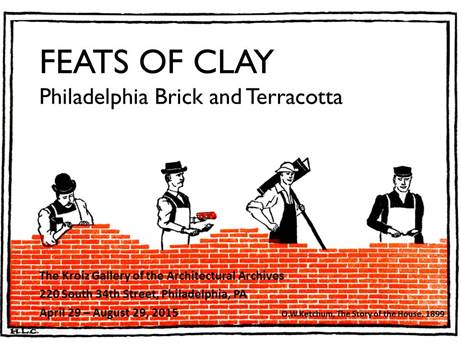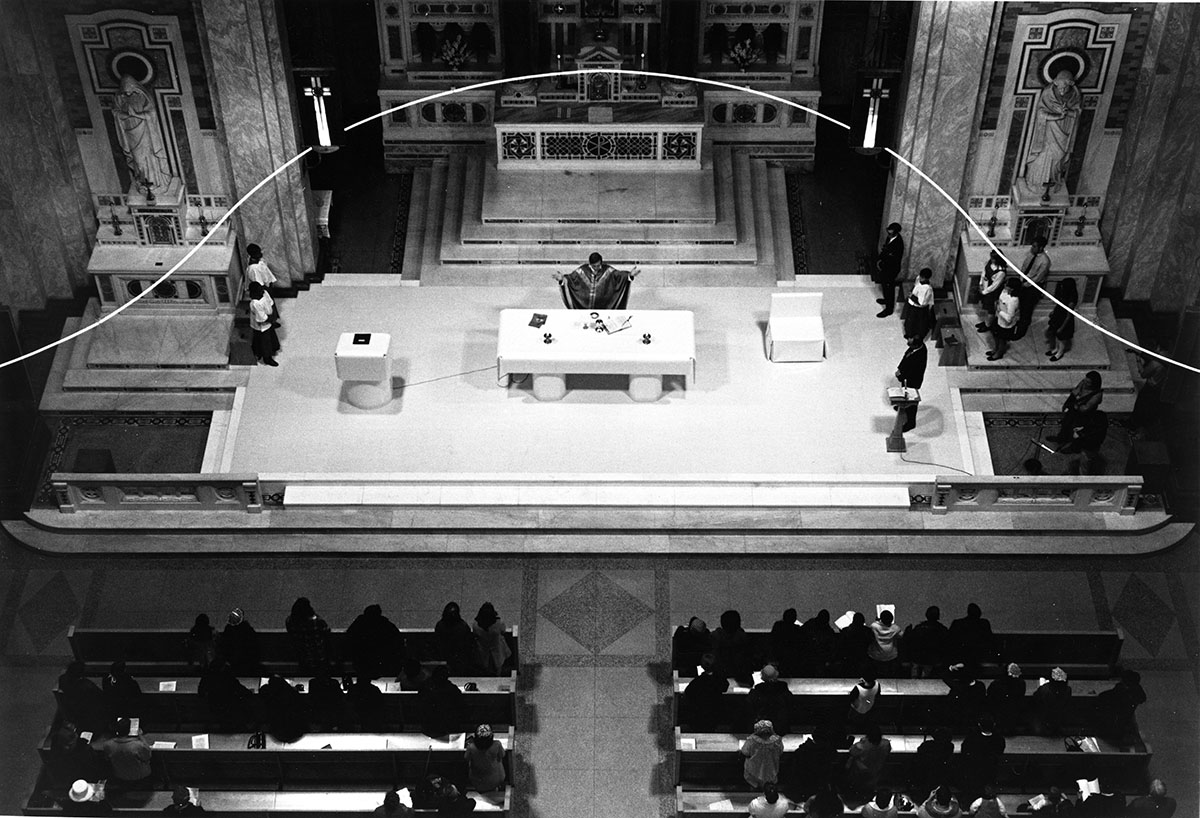
“Chinese Rotunda,” the Charles Custis Harrison Hall. Photograph by Charles Sheeler, ca. 1916. From “An Exhibition of Oriental Art.” The Museum Journal VII, no. 1 (March, 1916), 3
Thursday, October 23, at 7:00 p.m. on Zoom
By Chenchen Yan, PhD candidate in History and Theory of Architecture at Princeton University, and the 2025 Phila Chapter SAH George B. Tatum SAH Annual International Conference Fellow
Free and open to all.
Please email info@philachaptersah.org to receive the Zoom link.
This talk examines an anomaly at the heart of the Penn Museum—the so-called “Chinese Rotunda”—a disruption not only of the museum’s architectural plan but also of the evolutionary logic that once structured American anthropology. Formally known as the University of Pennsylvania Museum of Archaeology and Anthropology, the Penn Museum was founded in 1887 during the “golden age” of “museum anthropology,” when collections were gathered in the course of fieldwork and were then studied in the museum, and in most cases, were used as evidence in the application of evolutionary theory to anthropological research. As was typical of the period, such an evolutionary consciousness was also embedded in the 1896 master plan of the Museum’s new building, in which the Chinese Rotunda was, notably, nowhere to be found. Even more intriguingly, given that the Museum has never carried out any anthropological expeditions to China in its history, why and how did it develop such an extensive Chinese collection? And what is really “Chinese” about the Chinese Rotunda? Chenchen argues that the spectacular space of the Chinese Rotunda served as a medium of exchange in the economy of anthropological research, not only reorganizing the museum layout but also disrupting the architectural epistemology designed to narrate a Western-centric account of civilizations.
Chenchen Yan is a PhD candidate in History and Theory of Architecture at Princeton University. Her dissertation explores processes of “becoming Chinese” of objects that were introduced into Western knowledge systems around the turn of the twentieth century and how these objects reshaped the spaces in which they were catalogued, stored, and displayed. Her work has been supported by the Society of Architectural Historians, the Canadian Centre for Architecture, and the Arnold Arboretum of Harvard University, among others.
